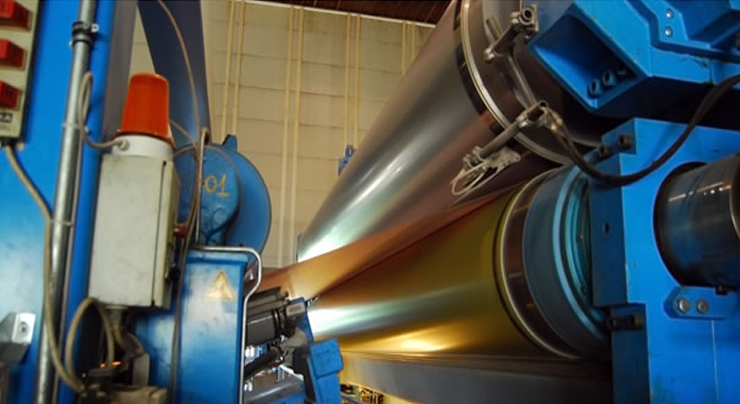
How graphite is used in mechanical engineering
Why choose Olmec for mechanical seals and bearings?
Our carbon/ graphite bearings and seals have fantastic self lubricating properties and high temperature tolerances.
Carbon and graphite are often used in mechanical applications due to these unique properties:
Carbon/ Graphite is:
- oxidation resistant
- corrosion resistant
- dimensionally stable
Applications include:
- mechanical seal components for many sealing applications.
- rotors and vanes.
- axial and radial bearings.
- motor pump bearings.
- structural components.
Olmec have decades of experience in supply for this field. That’s why our team can assist you with any questions you may have, and discover the right grade for you.
Type of Product and application:
Used alongside graphite guide rings to seal high-pressure, oil-free gases.
Applications: Turbines, compressors, pumps
Why graphite? Self-lubricating, chemically inert, high strength-to-weight ratio, thermal stability
Electromechanical devices designed to transmit electrical current from a stationary device to a rotating one. They improve mechanical performance and remove the need to have wires dangling from movable joints.
Applications: Hydroelectric generators, wind turbines
Why graphite? Conductivity, self-lubricating properties that mean it can resist wear over time
Bearings are components that support a load while in contact with and moving relative to another part.
A type of bearing, bushings are thin tubes designed to reduce friction between two surfaces sliding against each other.
Applications: Drill jigs, hydraulic pumps, dryers
Why graphite? Self-lubricating, long service life, thrives in harsh environments
Blades attached to a rotating wheel which push or are pushed by wind or water.
Applications: Vacuum pumps, fuel pumps, rotary compressors
Why graphite? Self-lubricating, resistant to high temperatures, chemically inert
Designed to lubricate rotary equipment such as trunnion rolls, riding rings, tyres and insert seals where wet lubricants can’t be used. The weight of the block keeps it in constant contact with the rolling surface, depositing a thin film of graphite.
Applications: Rotary kilns, calciners, dryers
Why graphite? Self-lubricating, resistant to wear over time
